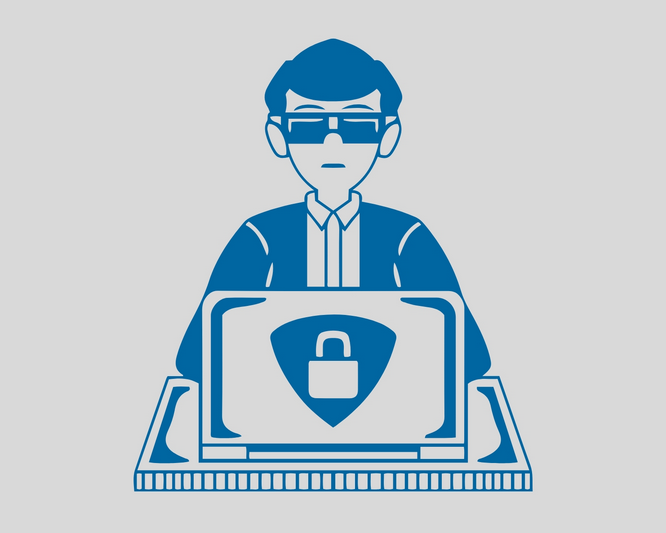How to Train Employees on Cybersecurity Best Practices

In an age where cyber threats are growing in frequency and sophistication, your employees are either your first line of defense or your most significant vulnerability. While advanced security tools are crucial, human error remains the primary cause of data breaches. That’s why training employees on cybersecurity best practices is no longer a luxury—it’s a necessity.
Why Cybersecurity Training Matters
Phishing attacks, weak passwords, and poor data handling are common entry points for cybercriminals. Even the most secure infrastructure can be compromised if employees aren’t educated on how to recognize and respond to threats. Proper training helps reduce risk, ensure compliance, and foster a culture of security awareness throughout your organization.
Start with the Basics
Begin with fundamental concepts that apply to every employee, regardless of role or technical background. Key topics include:
- Recognizing phishing emails and social engineering tactics
- Creating and managing strong passwords
- Understanding the importance of software updates and patching
- Safe internet browsing and email practices
- Reporting suspicious activity or incidents promptly
Keep the language relatable and straightforward to avoid overwhelming non-technical staff.
Make Training Ongoing, Not One-Time
Cybersecurity isn’t a “set it and forget it” skill. Threats change constantly, so training should be continuous. Offer quarterly refresher courses, send regular security tips, and incorporate short video modules or interactive quizzes to keep the material engaging and memorable.
Tailor Training to Roles
Not all employees face the same level of risk. Customize training based on job functions. For example, finance and HR teams should receive advanced training on handling sensitive data and avoiding business email compromise (BEC) scams. IT and developers need more profound insights into secure coding and network defense.
Simulate Attacks
Phishing simulations are a valuable way to test employee readiness. By simulating real-world attacks in a controlled environment, you can identify weaknesses and provide targeted follow-up training. These simulations also reinforce vigilance in a practical, hands-on way.
Lead by Example
Security starts at the top. When leadership follows best practices and prioritizes cybersecurity in everyday operations, employees are more likely to take it seriously. Make security a shared responsibility—not just an IT issue.
Final Thoughts
Cybersecurity awareness is one of the most powerful tools in your organization’s defense arsenal. With consistent, practical, and role-based training, you empower your team to detect, prevent, and respond to threats, keeping your business secure from the inside out.
#CybersecurityTraining #EmployeeSecurity #InfoSecAwareness #PhishingPrevention #SecurityCulture #ITTraining #CyberAwareness #WorkplaceSecurity #DataProtection #SecurityBestPractices #HumanFirewall #CyberSmartWorkforce #DigitalSafety #ThreatPrevention

